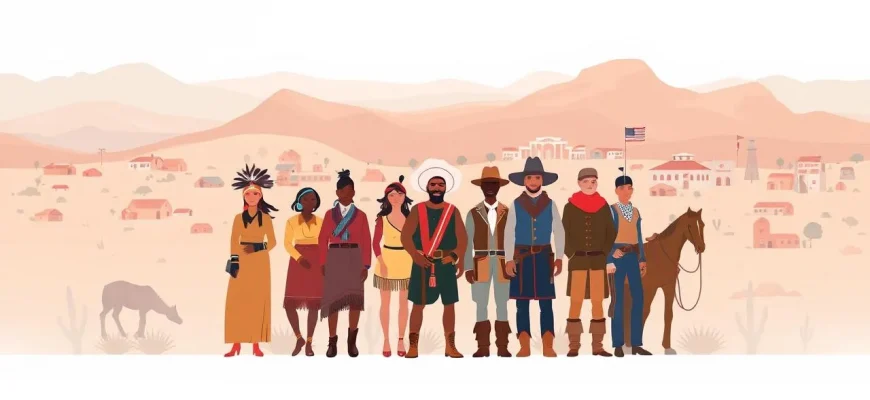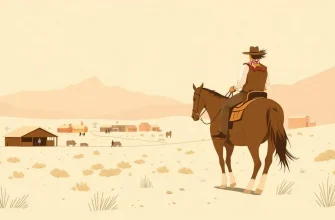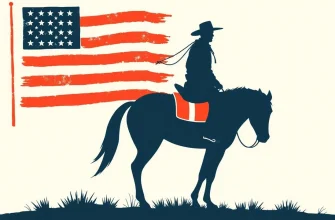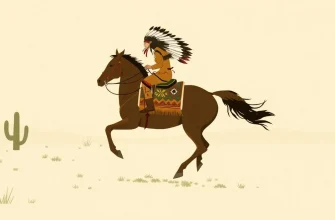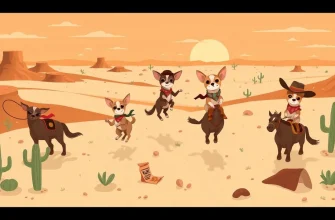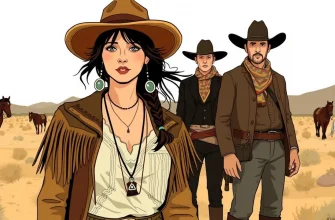The Wild West has always been a fertile ground for storytelling, where the rugged landscapes and lawless frontiers serve as a backdrop for tales of adventure, justice, and survival. However, beyond the gunfights and horseback chases, there lies a rich tapestry of cultural narratives that reflect the diverse backgrounds of its inhabitants. This curated selection of Western films delves into the national characteristics and traditions that shaped the West, offering viewers a deeper understanding of the cultural mosaic that defined this iconic era. From Native American perspectives to the struggles of immigrant communities, these films provide a unique lens through which to view the American frontier.
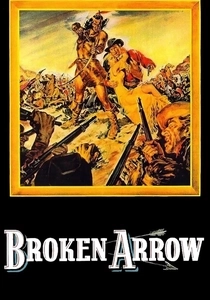
Broken Arrow (1950)
Description: This film focuses on the friendship between an Apache leader and a white man, showcasing the cultural exchange and understanding between Native Americans and settlers during a time of conflict.
Fact: It was one of the first films to portray Native Americans in a sympathetic light, earning James Stewart an Academy Award nomination for Best Supporting Actor.
 Watch Now
Watch Now 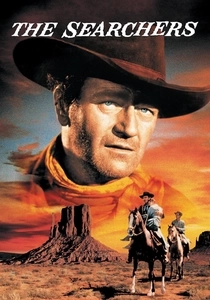
The Searchers (1956)
Description: While primarily known for its portrayal of racism and the myth of the American West, "The Searchers" also subtly explores the cultural identity of Native Americans through the character of Debbie, who is raised by Comanches.
Fact: John Wayne's character, Ethan Edwards, was originally intended to be much more overtly racist, but the script was toned down. The film is often cited for its influence on modern cinema, particularly in its use of landscape.
 Watch Now
Watch Now 
Little Big Man (1970)
Description: This satirical Western follows the life of Jack Crabb, a white man raised by the Cheyenne, offering a unique perspective on Native American culture and the absurdity of the white man's view of the West.
Fact: Dustin Hoffman underwent extensive physical training to portray the aging process of his character. The film was one of the first to portray the Battle of the Little Bighorn from the Native American perspective.
 Watch Now
Watch Now 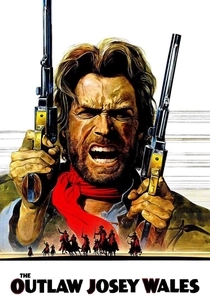
The Outlaw Josey Wales (1976)
Description: While not strictly about cultural identity, this film features a diverse group of characters, including Native Americans and Confederate soldiers, highlighting the melting pot of the American West.
Fact: Clint Eastwood not only starred but also directed this film, which was his first Western as a director. The character of Josey Wales was inspired by the real-life Confederate guerrilla fighter Bill Anderson.
 Watch Now
Watch Now 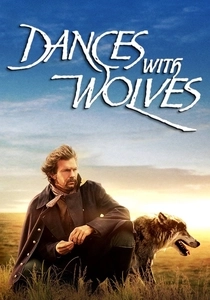
Dances with Wolves (1990)
Description: This epic Western not only captures the vastness of the American frontier but also delves into the cultural clash and eventual understanding between a Union Army Lieutenant and the Lakota Sioux. It's a poignant exploration of Native American identity and the impact of westward expansion on indigenous cultures.
Fact: Kevin Costner, who directed and starred in the film, won the Best Director Oscar for this film. The film was also shot in the Lakota language, with subtitles for English-speaking audiences.
 Watch Now
Watch Now 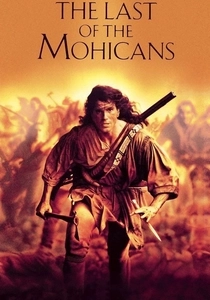
The Last of the Mohicans (1992)
Description: Set during the French and Indian War, this adaptation of James Fenimore Cooper's novel explores the cultural dynamics between European settlers, Native Americans, and the Mohicans, focusing on themes of identity, loyalty, and survival.
Fact: The film's score by Trevor Jones and Randy Edelman was nominated for a Golden Globe. The movie was shot in North Carolina, which stood in for the American frontier.
 Watch Now
Watch Now 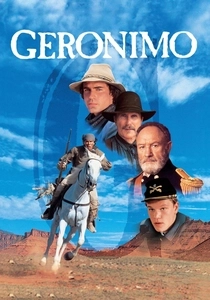
Geronimo: An American Legend (1993)
Description: This film provides an in-depth look at the life of Geronimo, the Apache leader, and his resistance against the encroachment of American settlers, offering a nuanced portrayal of Native American culture and resistance.
Fact: The film was shot in the actual locations where Geronimo lived, including the Chiricahua Mountains in Arizona. Gene Hackman, who played General George Crook, was nominated for a Golden Globe for his performance.
 Watch Now
Watch Now 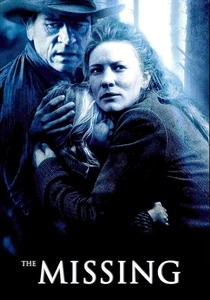
The Missing (2003)
Description: This film explores the cultural divide between a white woman and her estranged Apache father, highlighting themes of family, identity, and reconciliation in the backdrop of the American West.
Fact: The film was directed by Ron Howard, known for his diverse range of films. It was shot in New Mexico, providing an authentic feel to the Western setting.
 Watch Now
Watch Now 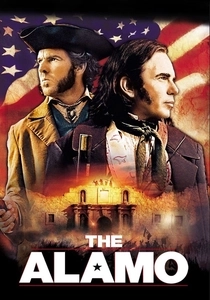
The Alamo (2004)
Description: While focusing on the famous battle, this film also delves into the cultural diversity of the Texian defenders, including Tejanos, who played a crucial role in the fight for Texas independence.
Fact: The film was a passion project for director John Lee Hancock, who had been trying to get it made for over a decade. It was shot on location at the actual Alamo site in San Antonio, Texas.
 Watch Now
Watch Now 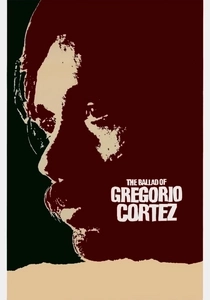
The Ballad of Gregorio Cortez (1982)
Description: This film tells the true story of Gregorio Cortez, a Mexican-American cowboy who becomes a folk hero after a series of misunderstandings lead to a manhunt. It's a powerful narrative about the Mexican-American experience in the Southwest, highlighting issues of language barriers and racial injustice.
Fact: The film was based on the book "With His Pistol in His Hand" by Américo Paredes. It was one of the first films to address the Chicano experience in a Western setting.
 30 Days Free
30 Days Free 
